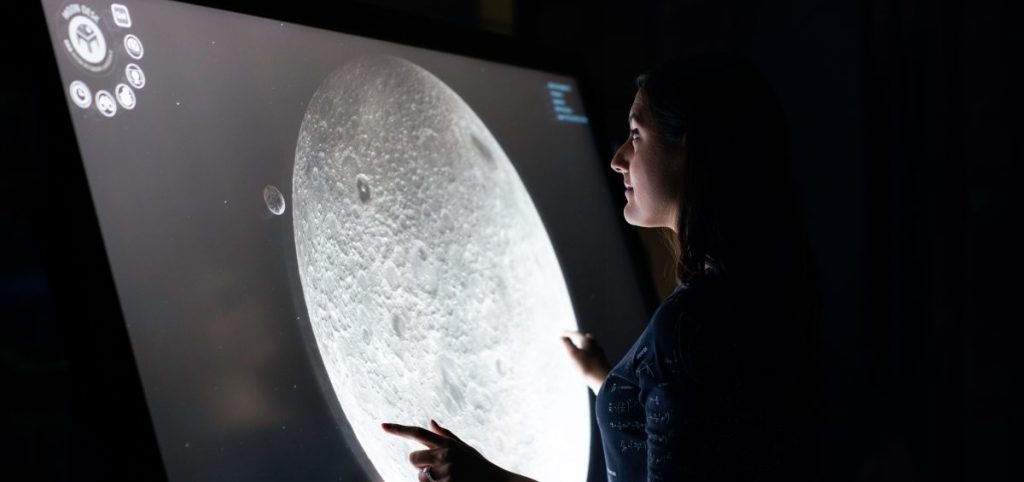
Extended reality, virtual reality, augmented reality, mixed reality…These terms are coming up more and more in the media, in conversations with clients, and when talking with colleagues. We’ve noticed that while some are very knowledgeable about this technological space, others are just starting out and want to know the basics. If that sounds like you, here’s a brief explanation of the key terms.
eXtended Reality (XR)
eXtended Reality (XR) is an umbrella term for all technologies that enhance or replace your view of the world. All XR technologies expand the reality we experience by either blending the virtual and ‘real’ worlds, or by creating a fully immersive experience.
The catch-all term of XR includes Augmented Reality (AR), Virtual Reality (VR), Mixed Reality (MR), and any immersive technologies that are still to be created.
Virtual Reality (VR)
VR describes a three-dimensional, computer-generated environment which can be explored and interacted with by a person. That person is fully immersed within this virtual environment through a VR headset or head-mounted display which gives them a 360-degree view of an artificial world. Coupled with headphones, good VR can trick your brain to make you feel completely removed from your physical location.
Many people know VR through the use of head mounted devices such as Oculus Quest, HTC Vive or Google Cardboard.
Augmented Reality (AR)
Unlike VR, AR doesn’t give full immersion. Instead, AR enhances your view of the real world by overlaying what you see with computer-generated information such as images, text, and animation.
Today, this technology is often used in smartphone AR applications that require the user to hold their phone in front of them. By taking the image from the camera and processing it in real time, the app is able to display contextual information that appears to be in the real world.
AR experiences and games include Pokémon Go and Snapchat filters that put digital objects such as hats or glasses onto your head.
Mixed Reality (MR)
MR (sometimes referred to as hybrid reality) is the latest immersive technology. MR sits somewhere between AR and VR, as it merges the real and virtual worlds through holograms, immersive projections, and more.
In MR, digital content is overlaid with the user’s environment in real time. However, unlike with AR, the virtual objects in MR behave in all aspects as if they are present in the real world. For example, they are hidden by physical objects, their lighting is consistent with actual light sources in the environment, and you can interact with digital objects in any way possible such as spinning them round.
While it doesn’t provide a fully immersive digital experience like VR, MR must be viewed through semi-transparent glasses or MR headsets equipped with a camera to film and display the user’s environment.
Despite their high cost, MR devices are already having real-world impact, with the Hololens being used by Case Western Reserve University in Ohio to teach anatomy to medical students.
If you would like to find out how we can help improve the user experience within any of this technology, we’d love to talk to you.
More about emerging technology
- The growth of voice assistants
- Please test the user experience of your IoT (internet of things) devices
- Chatbot technology is moving ahead
- ‘AR’ commerce – a novel and functional shopping experience




